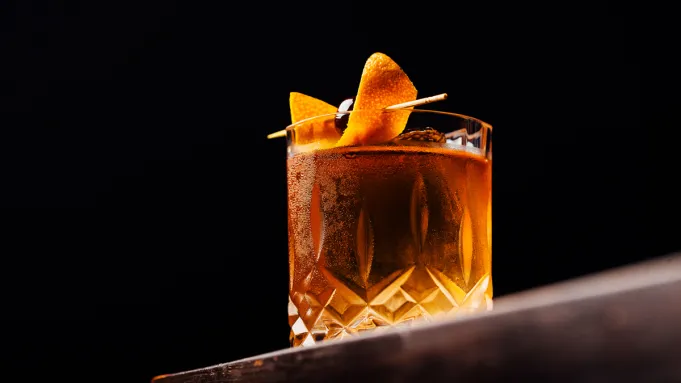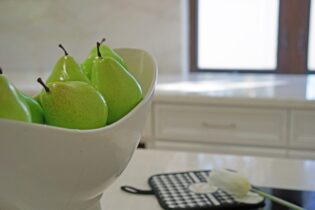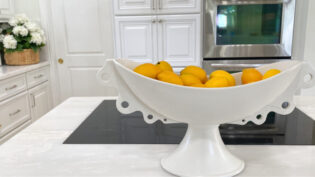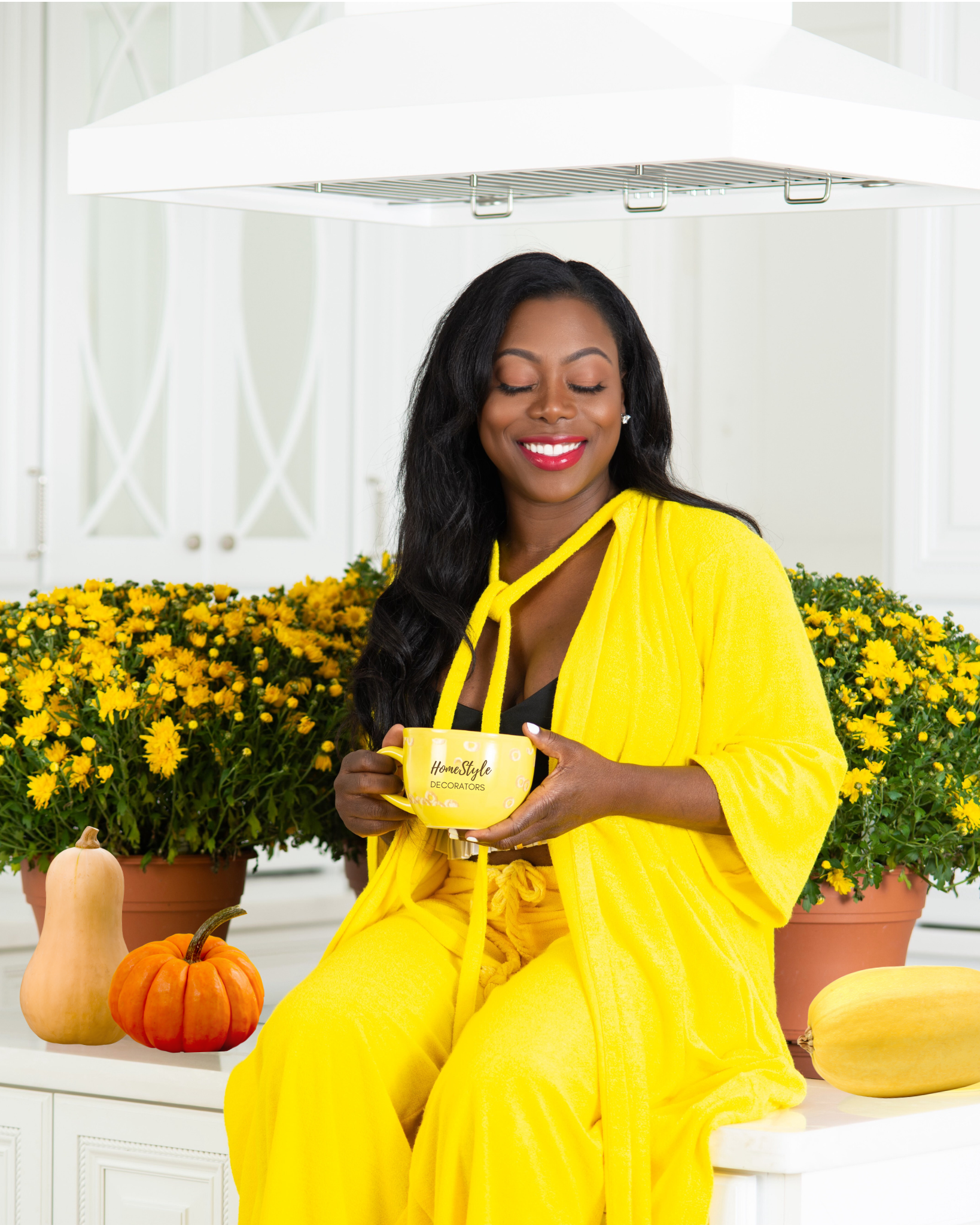
Guitar, bass, drums. The standard rock trio. The reason it works (keeps working again and again) is that each instrument occupies a distinct part of the sonic spectrum: The guitar is high, bass is low, and drums provide structure. Importantly, a trio doesn’t need to be those instruments, but it does have to respect that balance of registers and roles. Look at jazz: Same dynamic, you just trade the guitar for a piano or saxophone. Or how about a string trio—violin, viola, cello—same, same, same. You could have a trio of glockenspiel, harpsichord, and tuba, and as long as the roles and registers are the same, there’s no reason it shouldn’t work.
This principle of balance and tone is even more true of cocktails, and the reason we’re talking about it today is because this is how I think about the Prime Inspector. The Prime Inspector is a Boulevardier. I mean it’s not, even though it definitely is, save for the fact that they don’t share a single ingredient in common. But as a trio it still works like the venerated classic cocktail, and I’d argue, it works in the same way.
This is high praise. The Boulevardier is certainly the best of the Negroni variations (unless of course the Negroni is a variation of it) and is one of the great drinks of the world. And while it’s unclear whether Mitchell Taylor, during his time at the Nashville outpost of the legendary Manhattan speakeasy Attaboy, started with the Boulevardier when he was thinking about the cocktail that would become the Prime Inspector, that’s certainly where he ended up.
First, where the classic Boulevardier recruits the broad oaky shoulders of bourbon or rye for its base, Taylor substituted in apple brandy, which is similarly barrel aged but is distilled from apples instead of corn or rye, giving a core fruity quality beneath the familiar oak. For the signature bitterness, instead of the classic Campari, Taylor used the deeper Averna—where Campari’s orange bitterness is bright and juicy, Averna’s orange bitterness is a lower hum, like a flourless chocolate cake. Averna is also less bitter than Campari, and so perhaps guided by a compensatory instinct, Taylor reached for Punt e Mes instead of a standard sweet vermouth. Punt e Mes is both fruitier and more bitter than normal vermouth—the name “Punt e Mes” is Piedmontese slang for “point and a half,” as in, a point of vermouth and a half point of bitter—and joins forces with the Averna and a couple dashes of Peychaud’s to deliver the bitterness a Boulevardier fan would demand.
The ultimate result is an elegant, bitter, deeply autumnal little sipper, both darker and fruitier than the Boulevardier. One of its core charms is that there’s a lightness at work that balances the dark—Peychaud’s Bitters and Punt e Mes on the bright fruit, Averna playing the low tones, while the apple brandy provides structure, bridging them both together—and the balance is just right. As the days get shorter and the nights get crisp, it’s a way to enjoy the season, wet leaves and earth and apples, all packed in a familiar form—a trio with instruments you may have never heard before, but one you immediately recognize all the same.
Prime Inspector
- 1 oz. apple brandy
- 1 oz. Averna
- 1 oz. Punt e Mes
- 1 dash Peychaud’s Bitters
Stir all ingredients on ice for 10 seconds (if using small ice) to 20 seconds (if using big ice), strain over a large cube into a chilled rocks glass. Garnish with a cherry or orange peel.
NOTES ON INGREDIENTS

Photo: courtesy Boulard
Apple Brandy: Apple brandy comes in two main varieties: The cleaner and oakier American kind (sometimes called “Applejack”), and the funkier, less oaky French kind (called “Calvados”). Both work here. It’s worth noting most people make this with the American variety and love it—prototypical bottlings are Laird’s Bonded Apple Brandy, or Laird’s 100 percent Apple Brandy bottled at 86 proof. Personally, I have to note that I preferred the Calvados, which brings a pleasant mid-toned complexity, but feel free to use either.
Peychaud’s Bitters: Personally I like this plenty with or without the Peychaud’s, but if you use it, I’d keep it to a single good dash. The anise nose can be a little jarring with too heavy of a dose.
Garnish: It’s supposed to be a cherry, which is good. I’ll just note that an orange peel makes the whole thing a little friendlier, if that’s something you’re in the mood for.
Authors
-

Jason O’Bryan
Jason O’Bryan has set up a professional life at the intersection of writing and cocktails. He’s been managing cocktail bars for the last twelve years, first in Boston and now in San Diego, where he’s…
instagram:
Error: No feed with the ID 1 found.
Please go to the Instagram Feed settings page to create a feed.









